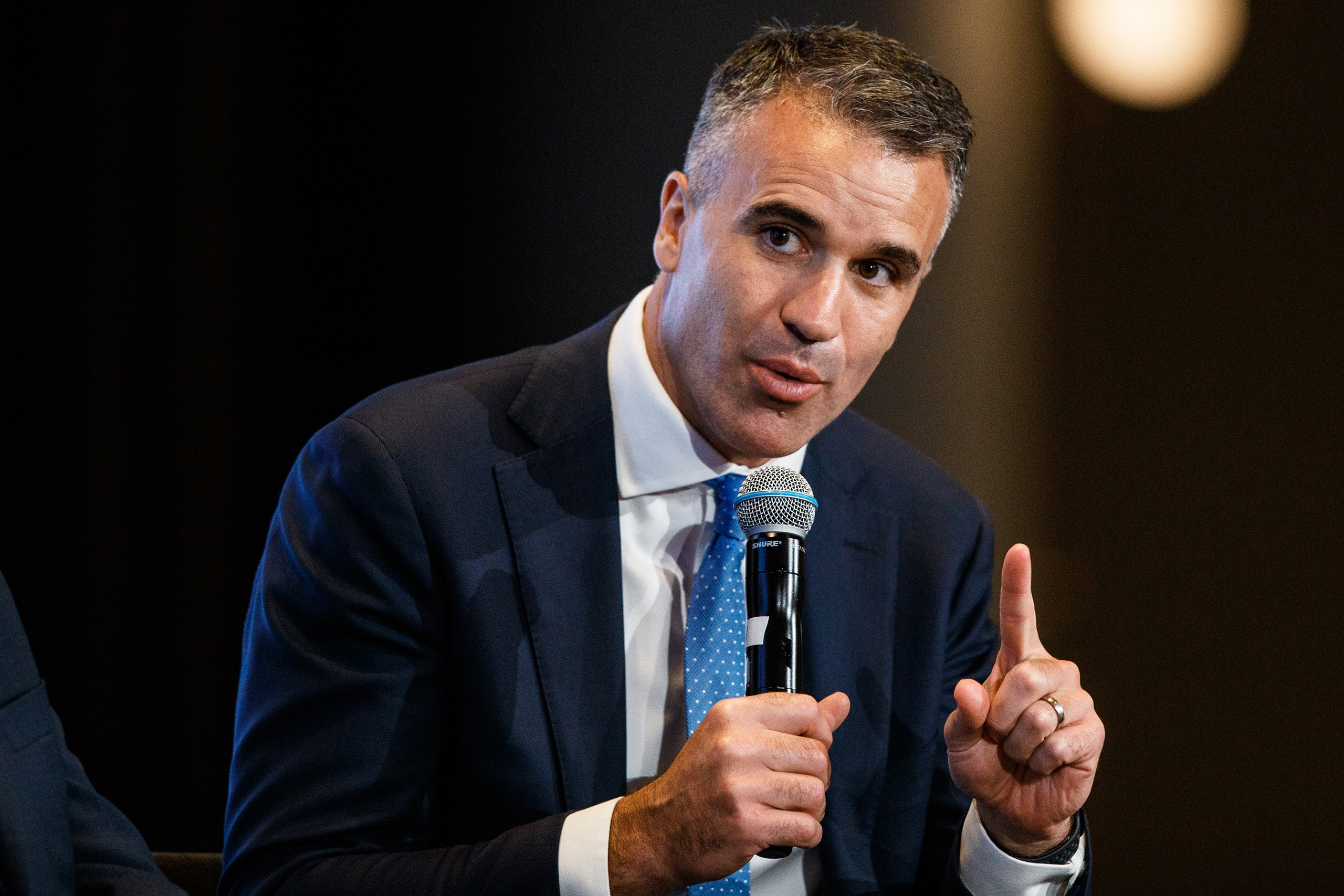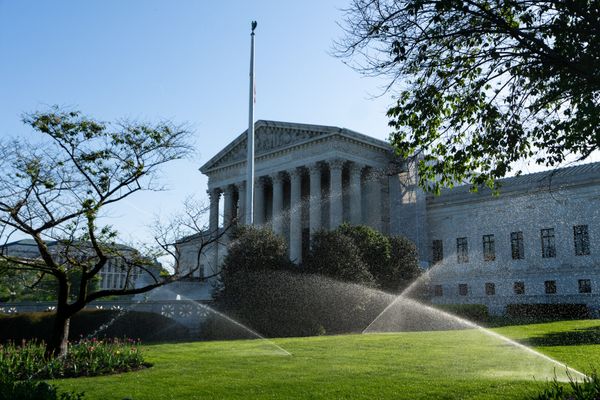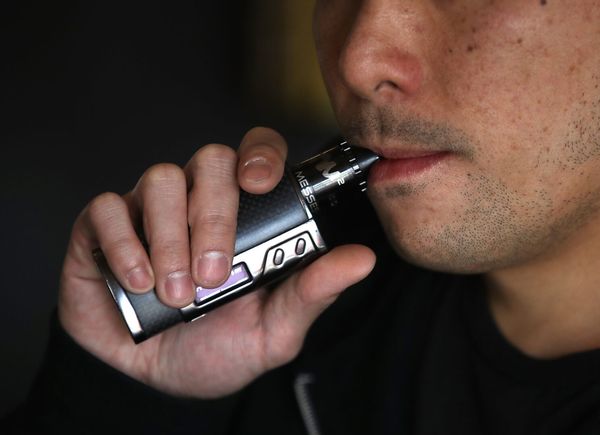
South Australia is set to become the first democratic system anywhere to seek to ban “electoral donations” and use public money to all-but-fully fund election campaigns by parties and independents. Depending how this plays out, the “why” and “what” of this novel measure is likely to be met with “whoo-hoos” or “whoas” from those who see it as either promising or risky.
First to the “why.” Formally, the reform makes good a 2022 election commitment by Labor, which was in opposition at the time. Premier Peter Malinauskas says changes aim to end “the nexus between money and political power.” It’s a heroic objective: you don’t have to be Foucault to know that resources and power, both public and private, are intertwined in both crude and subtle ways.
More realistically, the proposal might assuage perceptions that contributions to parties are irredeemably tainted with self-interest. Where it exists, such self-interest undermines a core promise of electoral democracy — the promise embedded in one-person, one-vote — to be an egalitarian buffer zone around the jungle of pure capitalism.
What then of the “what”? The details are nested within a thirty-five-page accountability and integrity bill, on which South Australians can have their say by 11 July. The proposal builds on, yet in some ways contradicts, the electoral finance system state Labor negotiated a decade ago with the Liberals and Greens, which went on to cover the 2018 and 2022 electoral cycles.
Under that system, donations to parties were not even capped. Instead, parties could opt-in to campaign expenditure limits in return for public funding calculated per vote received. Similar payments have become a feature across Australia for parties and candidates mustering at least 4 per cent of the vote. They were pioneered by the Wran government in New South Wales in 1981, and are in their fortieth year at the Commonwealth level. Only South Australia’s neighbour, the Northern Territory, is yet to embrace any form of public funding.
South Australia’s carrot of public funding in return for voluntary spending limits was, in truth, akin to America’s post-Watergate presidential system. But that system was killed off when Barack Obama and technology proved that a large number of small donors could equal a small number of large donors, and when the US Supreme Court permitted lobbies and corporations to raise money and electioneer at will.
What South Australia now proposes is the inverse of its opt-in expenditure limit and laissez-faire approach to donations. Spending caps will become mandatory for parties and candidates, although the sums won’t change much: up to $100,000 per endorsed candidate for the House of Assembly and a $500,000 maximum for a Legislative Council group. (As an overall limit, that equals $5.2 million for a party contesting every seat and covers the eight months prior to polling day.)
The real novelty lies in the prohibition on all “electoral donations.” That will cover any contribution at any time to a political party, aside from annual membership fees of up to $100, donations of voluntary labour or services, bequests, or loans from financial institutions. The ban also includes donations to individual MPs or candidates if they are intended to be used for electioneering purposes.
In return, parties will receive similar levels of public funding per vote as at present but will be able to draw on some of the funds in advance. Every parliamentary party will also receive annual “operational funding” of up to $700,000, depending on the number of MPs they have. Independents will also receive a dollop of this. Since the conceit of this stream of money is to assist with general party administration, half of it must be cordoned off for internal expenses. The rest can be siphoned into campaign accounts.
How might all this play out in practice? And what risks or unintended consequences does it bring? One foundational consideration is what the High Court will have to say.
In a series of cases since 1992, the court has recognised a “freedom of political communication” in the constitution, and even an “equality of opportunity to participate in political sovereignty.” Neither concept is explicit, so the court hews to them conservatively. They are not individual “rights” but barriers to laws that unduly limit electoral communication or competition.
Case law in this area has waxed and waned over that time. Donation and expenditure limits are fine, for instance, provided they are not so low as to impair new parties or lobby groups from meaningful electioneering. As Professor Anne Twomey explains, the South Australian model treads carefully. Newly established parties will be able to solicit donations of up to $2700 per year. They will also be able to receive modest amounts of advance election funding ($5000 for a by-election, for example) provided they have 500 members and have been registered at least eight months.
In stark contrast to the constraints on parties, though, no spending limits are placed on either donations or election campaigning by unions, business lobbies or other “third parties.” South Australia could have taken a less bold alternative off the shelf: the model now shared by New South Wales and Queensland (and mooted for the Commonwealth) embraces a mix of capped private donations, expenditure limits for all players, and public money for parties.
Premier Malinauskas, however, is not just offering South Australia as an experiment or to tease the lawyers. He has gone so far as to hail his reform as something “democracies everywhere should be pursuing.” That rather assumes there is only one model for electoral democracy and, for that matter, political parties themselves.
Ultimately, the constitutionality of the South Australian proposal is less interesting than what it says about how parties should be constituted. Across history, political parties have had numerous functions: channelling activism, developing policy, linking civil society to legislatures, distributing public offices, disciplining MPs and holding leaders to account.
We are, admittedly, a long way from the mid-twentieth-century ideal of the party as a mass-member movement. Contemporary parties are seen, first and last, and by themselves as much as the media, as electoral machines. They select candidates, they control campaigns, they offer a “brand” to voters. Those brands then revolve around their present leader as much as any ideologically coherent platform.
Electioneering on behalf of their candidates is the only requirement in the electoral act’s definition of a “political party” in Australia. Even in those parties that retain a traditional membership structure, power is increasingly concentrated. The very names of some newer parties — from the Palmer United Party to the Jacqui Lambie Network — speak of the centripetal pull of organisations that are at most a cadre of MPs around a leader who offers electoral “cut through.”
Fully funding electioneering may be a final nail in the coffin of the idea of membership-driven parties. Parties in South Australia will now have a budget fixed by the state for their administration, albeit one supplementable by small fees gleaned from members.
Parties will still humour members, if for no other reason than because preferential voting encourages parties to turn to activists to crowd around polling stations distributing how-to-vote cards. Yet, as movements from Get Up! to the United Australia Party (the latest of the Palmer Party incarnations) have shown, it is easier to curate a big email list of potential supporters paying zero dollars a year than to have pesky paying members expecting a say in party preselections or platforms.
Even trade union “affiliation fees” will be classed as banned donations. South Australian Labor is, in effect, meddling with its own history. That said, unions will still be able to electioneer directly, and may end up doing more of it. Being public, that activity will be more accountable to union members.
The Liberal Party will no doubt be fearful that non-union Labor backers will simply contribute to union campaigning. Conservatives will look to business lobbies or even front groups to do the same. Besides inhibiting new models of party organisation or new parties based on “sugar daddy” donors, the main risk of the South Australian proposal is of a US-style shift away from strong and accountable parties and towards less scrutable and even astro-turfing entities. There will be security within the established pecking order of parties; but not from outside assaults.
South Australia is no stranger to electoral reform. On the contrary: despite its arid climate it has been one of the more fertile jurisdictions in the world. Pioneering administrator William Boothby made voting and enrolment easier. In 1895 the colony became just the second “nation” to enfranchise women, and the first anywhere to enable them to be elected. Liberal premier Steele Hall undid a gerrymander in his party’s favour. The state has had “truth in electoral advertising” rules since 1985. It even flirted with requiring its electoral commission to use the distribution of the two-party-preferred vote as the key ground rule for drawing “fair” electoral boundaries.
The latest reform fits within that tradition for innovation. Premier Malinauskas is right about one thing: South Australia will be a first. When, in 2018, I surveyed the concept of “full public funding” for elections I found no such system anywhere in the democratic world. Parties are public institutions, but they are rooted in civil society.
Public funding of politics has its place: if it didn’t we would never have gotten around to paying MPs for their work. But even with quintessentially public goods (like education or hospitals) we aim for a healthy baseline of public funding while permitting private arrangements.
Numerous countries are more frugal than Australia, with tight caps on election spending. Others offer generous public resources for campaigning. Britain still bans paid television and radio advertising, on any political matter, all year round, in return providing free “party political broadcasts.” Some countries have very low donation limits. (Typically set to encourage parties to seek fundraise in amounts affordable to the average citizen).
Just as no one, anywhere, has until now embraced the idea of fully publicly funded campaigns for established parties, so too has no one tried to staunch all monetary gifts to such parties other than bequests. It is that latter gambit, seeking to erect impermeable financial walls between parties and wider society, that is so novel about the South Australian proposal.
In one of many hydraulic metaphors in the field, regulating money invites waterbed effects — push down here, and the bed rises elsewhere. Regulation generally, being imperfect, invites revision. This is especially so in politics, where legislators have inescapable interests in the shape of the law. Inevitably, South Australia’s novel reform will be revisited sometime after its first full outing at the 2026 general election. •
The post An election-funding first, but at what cost? appeared first on Inside Story.







